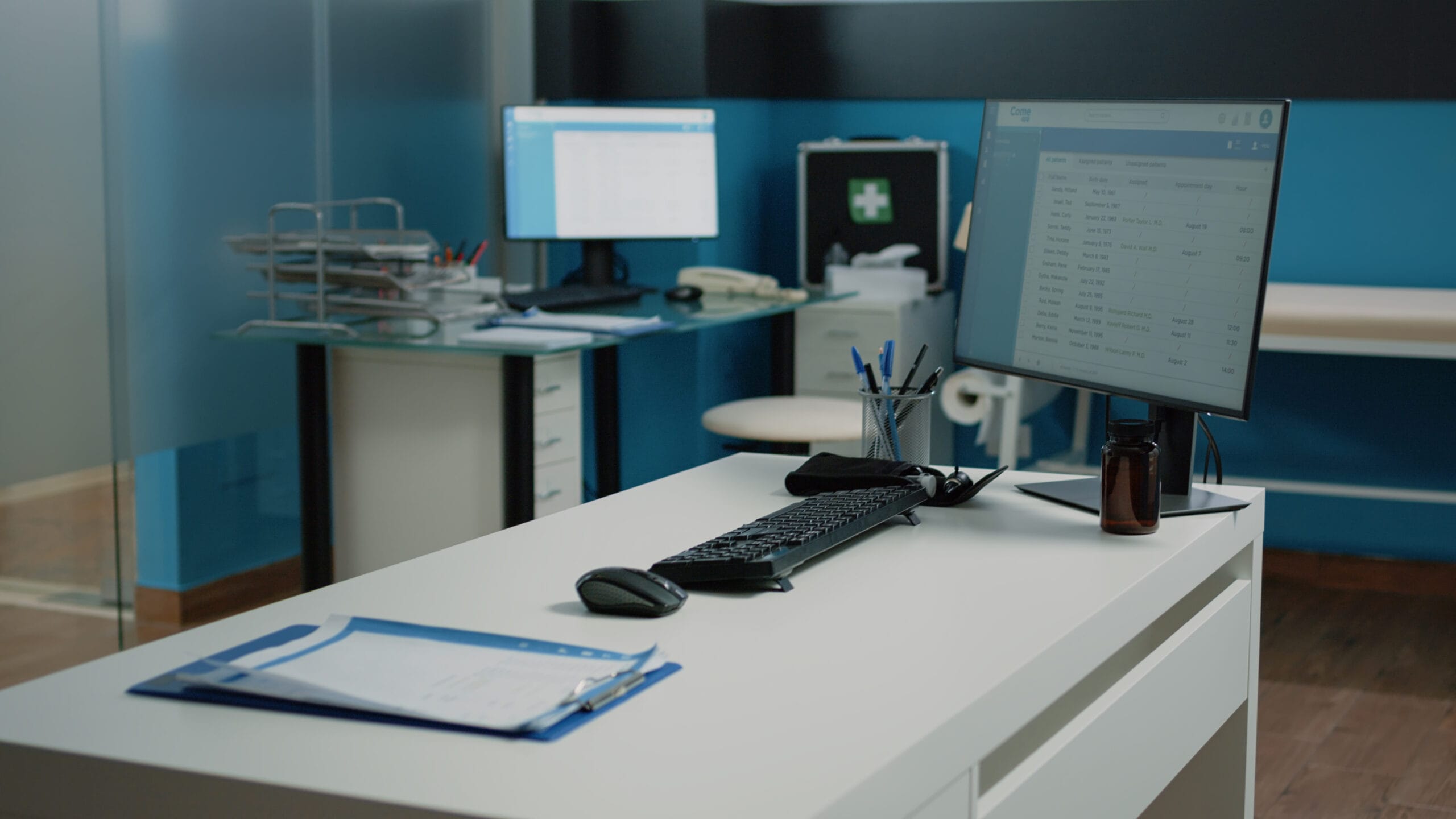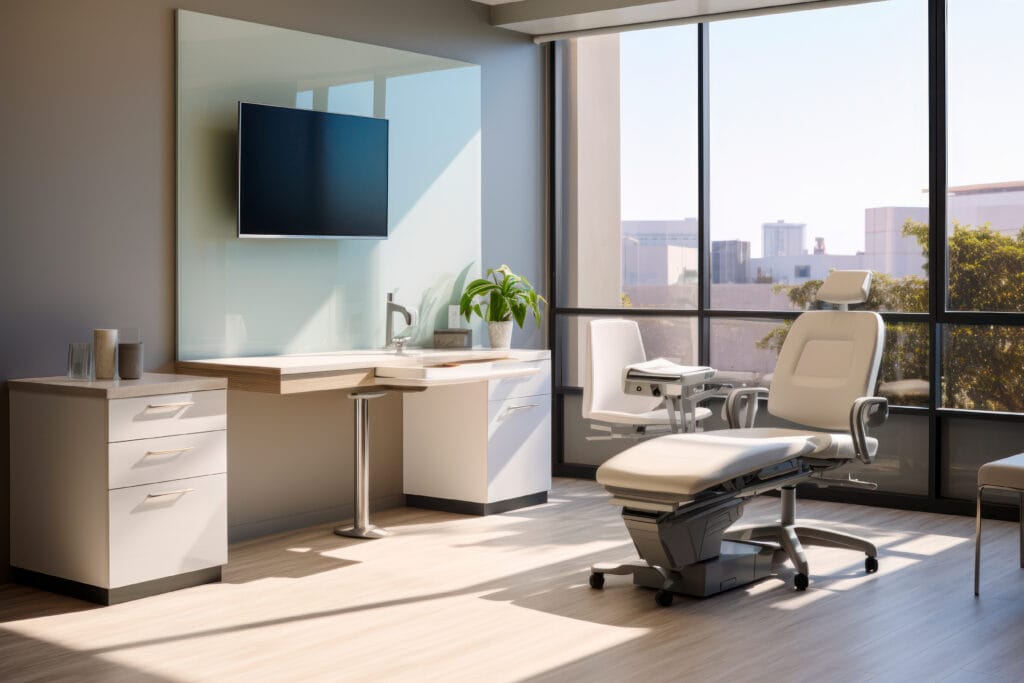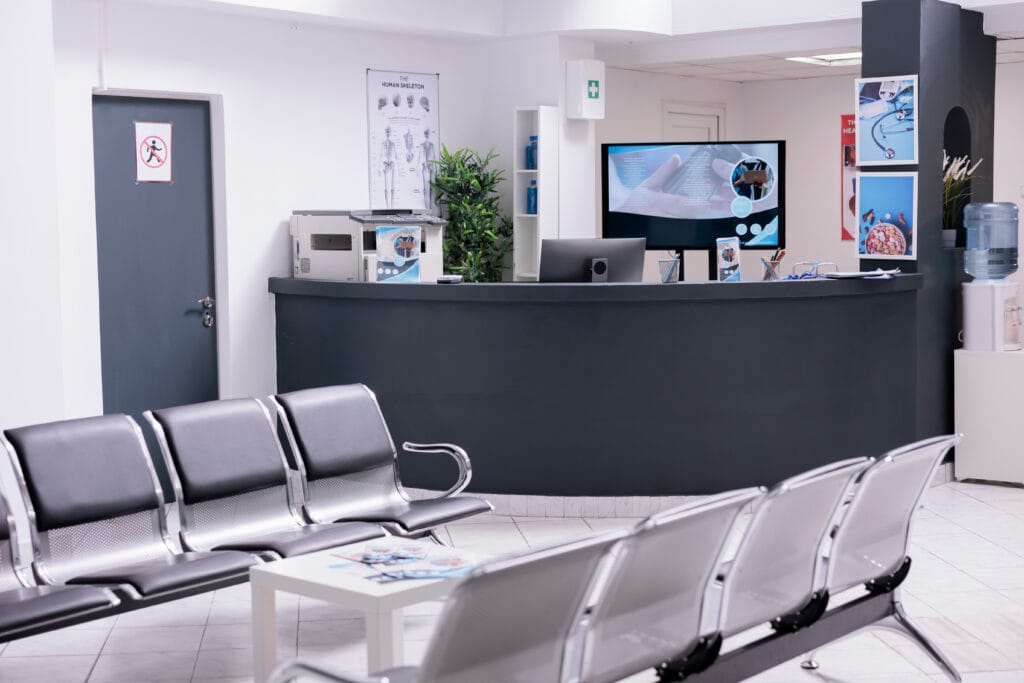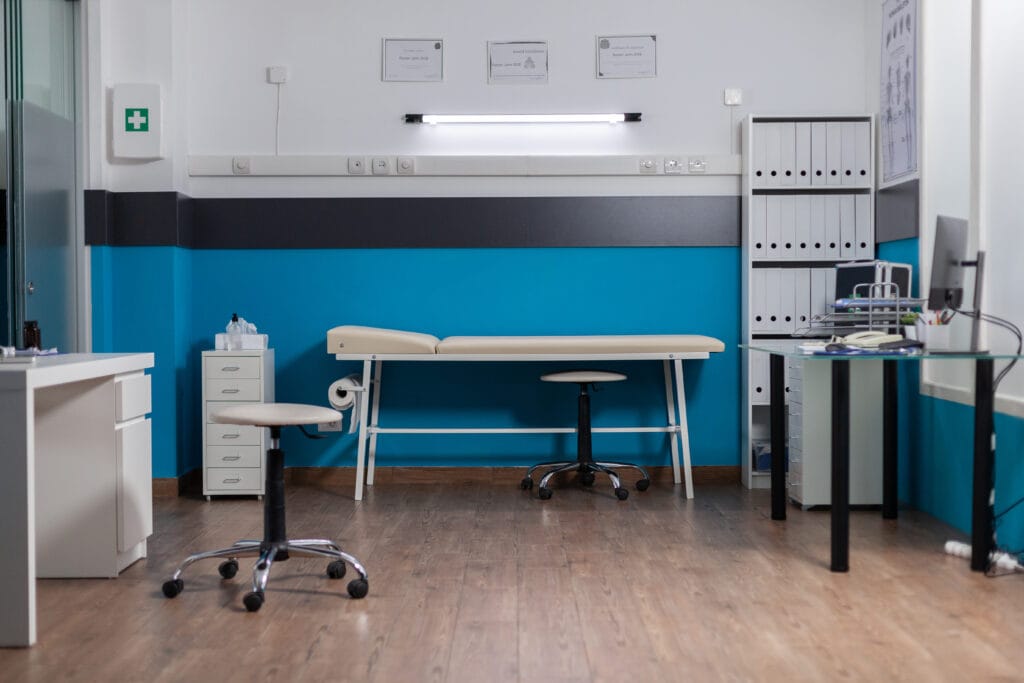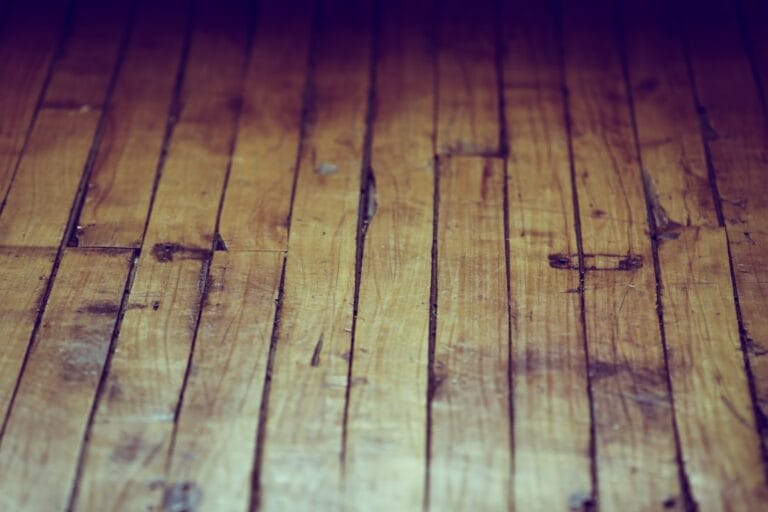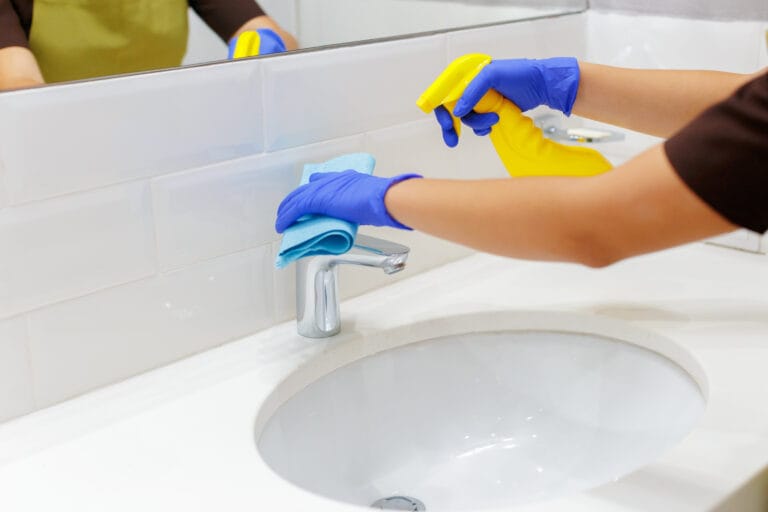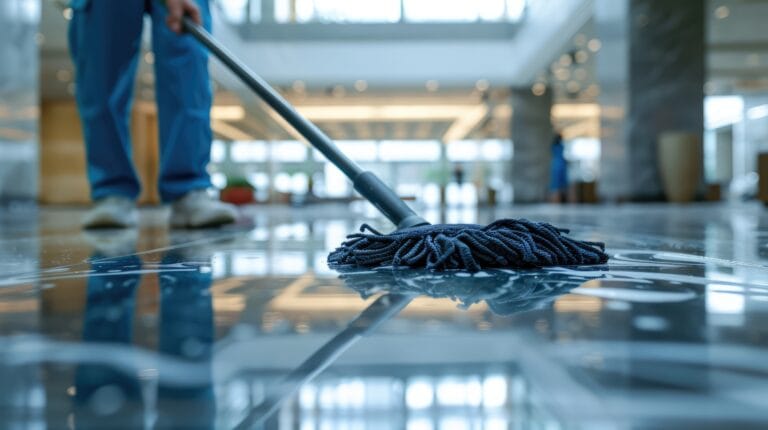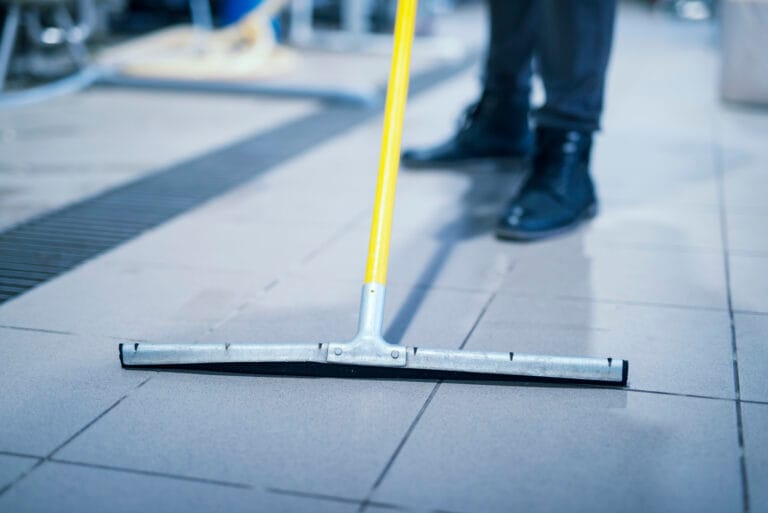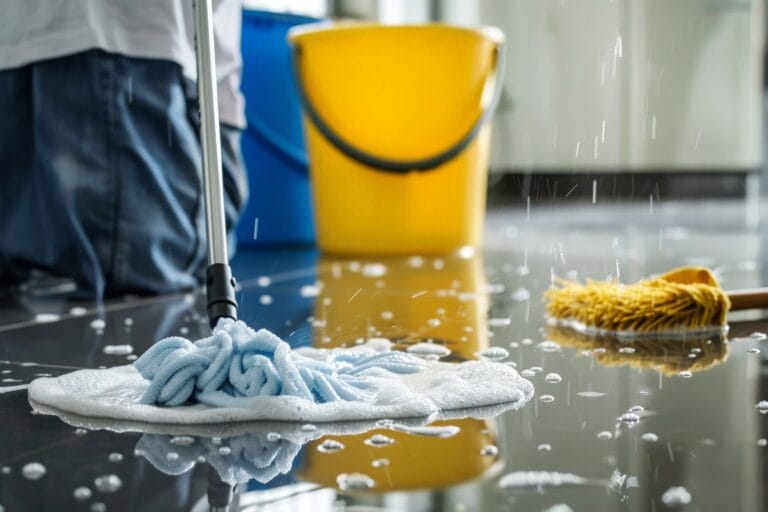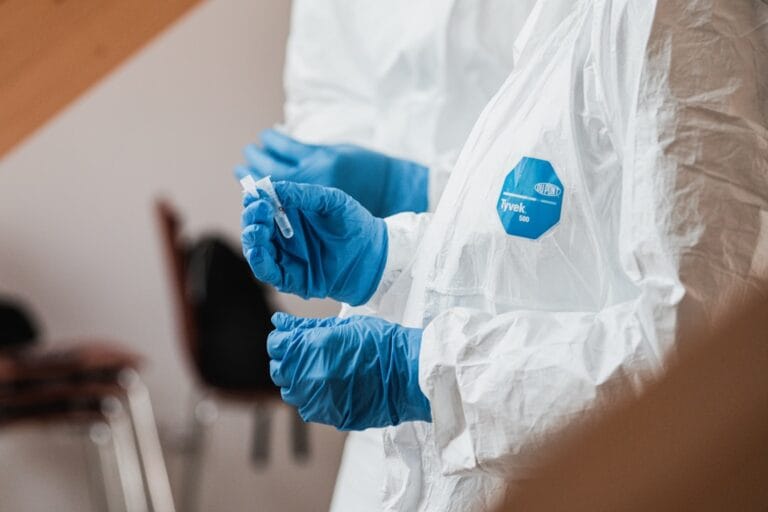Medical Facility Cleaning in Monterey: Ensuring Compliance & Safety
Healthcare spaces—from outpatient surgery centers on Cass Street to long‑term care wards in Salinas—demand obsessive attention to environmental hygiene. Contaminated surfaces contribute directly to healthcare‑associated infections (HAIs), driving patient morbidity and regulatory penalties. UFG Monterey delivers a turnkey cleaning program that aligns with CDC, Joint Commission, and California Department of Public Health requirements, safeguarding both patient outcomes and facility accreditation.
Regulatory Framework
Medical cleaning protocols intersect multiple oversight bodies. Title 22 California Code covers housekeeping in skilled nursing; OSHA’s Bloodborne Pathogens Standard dictates sharps handling; and the Joint Commission evaluates environmental services within its Environment of Care chapter. UFG Monterey maintains a matrix that cross‑references each task to the governing clause, ensuring no regulatory gap. The program undergoes annual audit by an external infection‑prevention consultant, who validates chemical efficacy, dwell times, and documentation completeness.
Zoning and Risk Stratification
A hospital waiting area does not require the same protocol as an operating suite. UFG Monterey segments spaces into four risk zones: public/low‑risk, patient care/medium, procedure/high, and sterile/critical. Each zone carries bespoke frequencies, chemical classes, and PPE levels. For example, procedure rooms receive sporicidal disinfection containing sodium hypochlorite after each case, while administrative offices rely on quaternary disinfectants. Color‑coded microfiber—green for low‑risk, red for isolation—prevents accidental cloth migration.
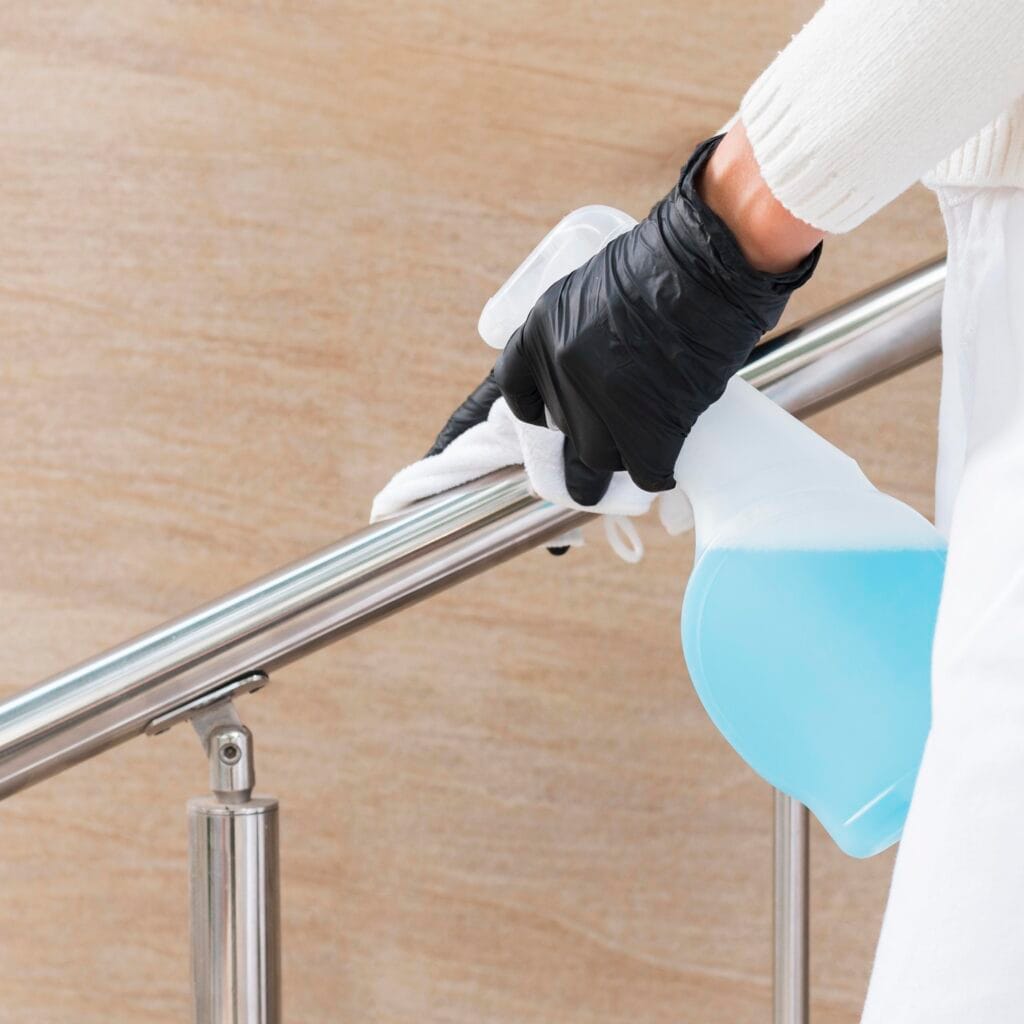
Surface Compatibility and Equipment Selection
Medical furniture often incorporates anodized aluminum, Corian trays, and sensitive telemetry touchscreens. Excessively acidic cleaners corrode metals and cloud plastics. UFG Monterey’s chemical library includes neutral quaternary wipes for vital‑sign monitors and hydrogen‑peroxide vapor for ventilator housings, avoiding residue that interferes with biomedical electronics. Vacuums feature four‑stage filtration and hospital‑grade plugs with built‑in surge suppression. Electrostatic sprayers receive calibrated 40‑micron nozzles to minimize overspray near infusion pumps.
Daily Patient‑Room Protocol
Technicians don fresh gowns and gloves at each entry, following a “clean to dirty” arc that ends at waste removal. Bed rails, call‑buttons, and over‑bed tables receive primary focus due to frequent hand contact. Sinks and bathrooms are disinfected separately with a second color cloth. Floors are damp‑mopped with a neutral disinfectant; spray‑buffing is prohibited to avoid aerosolizing pathogens. Sharps containers are visually inspected for fill level, and linen hampers are sealed immediately. Charting stations outside the room log completion times, aiding nursing staff coordination.
Isolation Room Procedures
Airborne isolation rooms impose negative pressure and specific discharge rules. Before doffing PPE, staff wipe their gloves with disinfectant to avoid transferring pathogens to gowns. Waste bags are double‑tied and labeled per facility protocol, then staged in a covered cart. Ultraviolet‑C robots may supplement manual cleaning; UFG Monterey coordinates cycle timing with charge nurses to minimize room downtime. Post‑terminal‑clean ATP scores target <10 relative‑light units on bail‑rails and lavatory handles.
Two Critical Compliance Lists
- Documentation essentials—daily task checklists, chemical SDS binder, chain‑of‑custody log for regulated medical waste, quarterly competency assessments for each cleaner.
- Audit readiness metrics—average terminal clean turn‑around time, isolation room ATP fail percentage, hand‑hygiene dispenser functionality rate.
Staff Training and Immunization
All healthcare cleaners complete 24 hours of classroom training plus supervised practicum shifts. Curriculum covers aseptic technique, safe handling of chemotherapy agents, and reading air‑pressure monitors. Vaccination records—including influenza and HepB—are stored in a HIPAA‑compliant database. Fit testing for N95 respirators occurs annually per Cal/OSHA Aerosol Transmissible Diseases standard.
Sustainability Without Compromising Kill Claims
Oxidizing disinfectants like hydrogen‑peroxide peracetic acid blends achieve broad spectrum kill with low residue and rapid breakdown. Microfiber mops limit chemical volume, and launderable barriers reduce red‑bag waste. Hospitals pursuing LEED for Healthcare credits benefit from UFG Monterey’s waste‑segregation coaching and recycling of blue wrap from sterile trays.
Quality Assurance
Every shift ends with supervisor rounds that swab five high‑touch points across randomly selected rooms. Results populate a dashboard visible to infection control. Failure trends trigger root‑cause meetings and remedial training. UFG Monterey’s medical portfolio records an HAI‑associated environmental deficiency rate below 0.3 percent, positioning clients favorably during accreditation surveys.
Effective medical facility cleaning intertwines compliance mastery, technical precision, and constant vigilance. UFG Monterey’s program translates dense regulations into executable routines that protect patients and reputations alike. From outpatient lobbies to sterile cores, every surface receives scientifically validated treatment—proving that safety is achievable without sacrificing operational efficiency.


